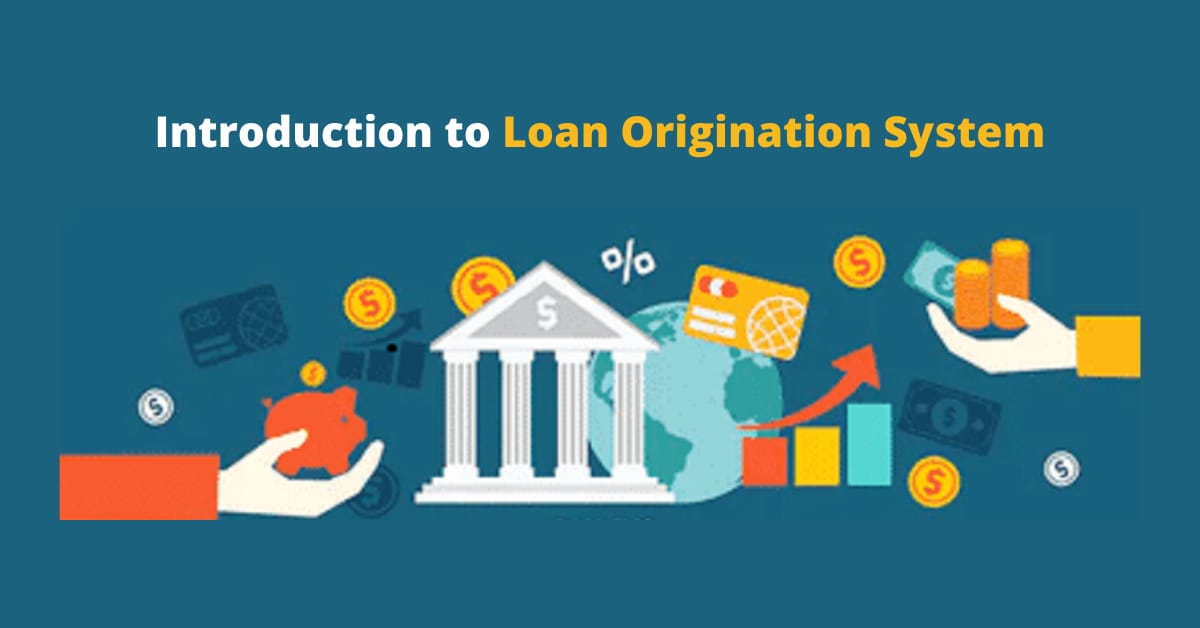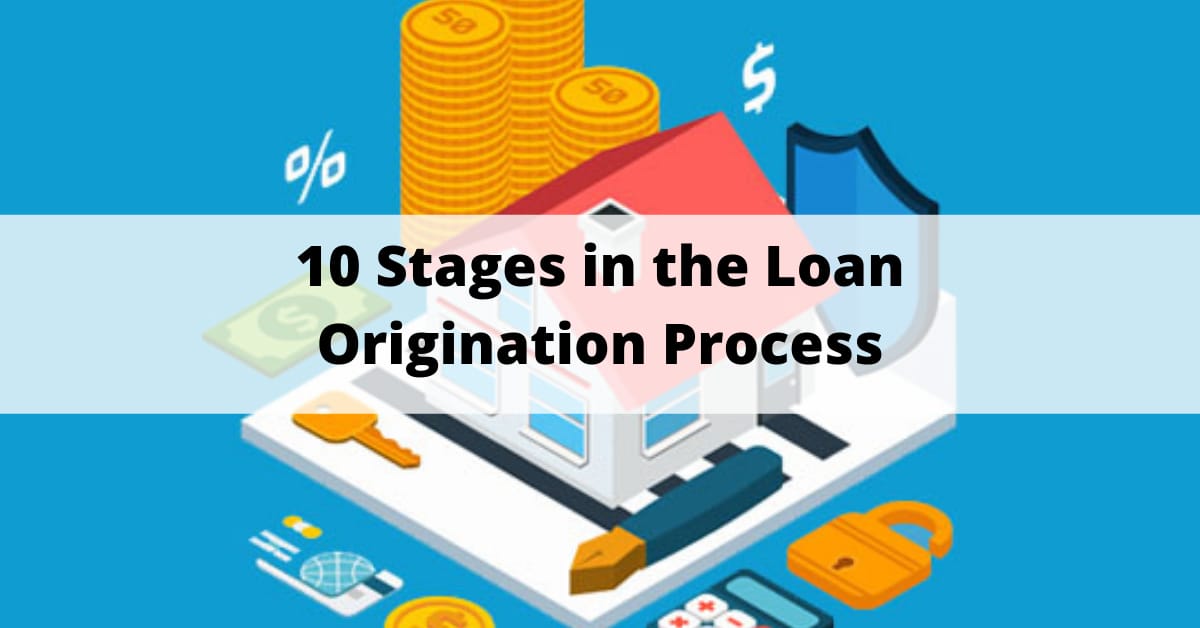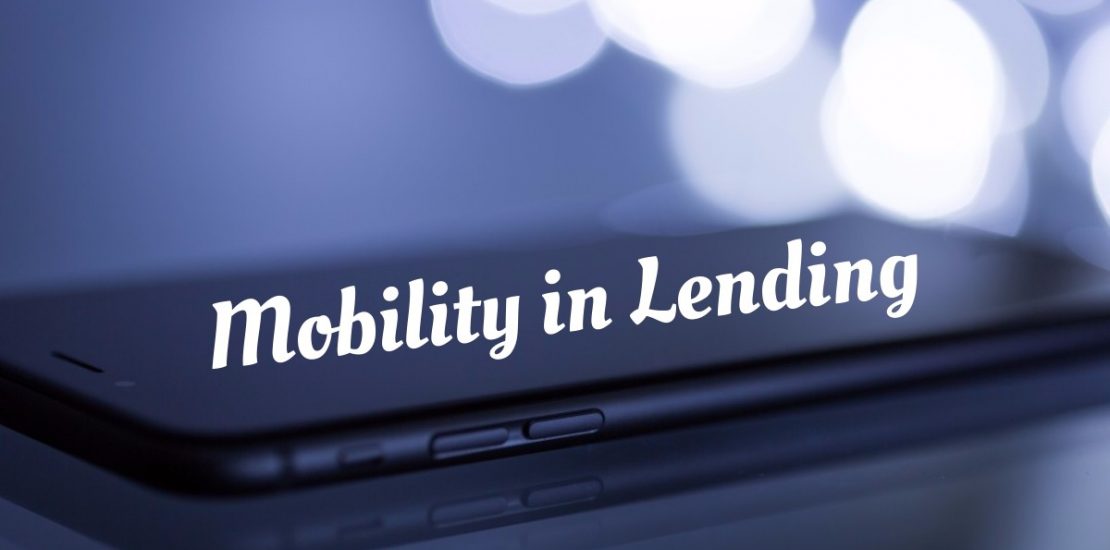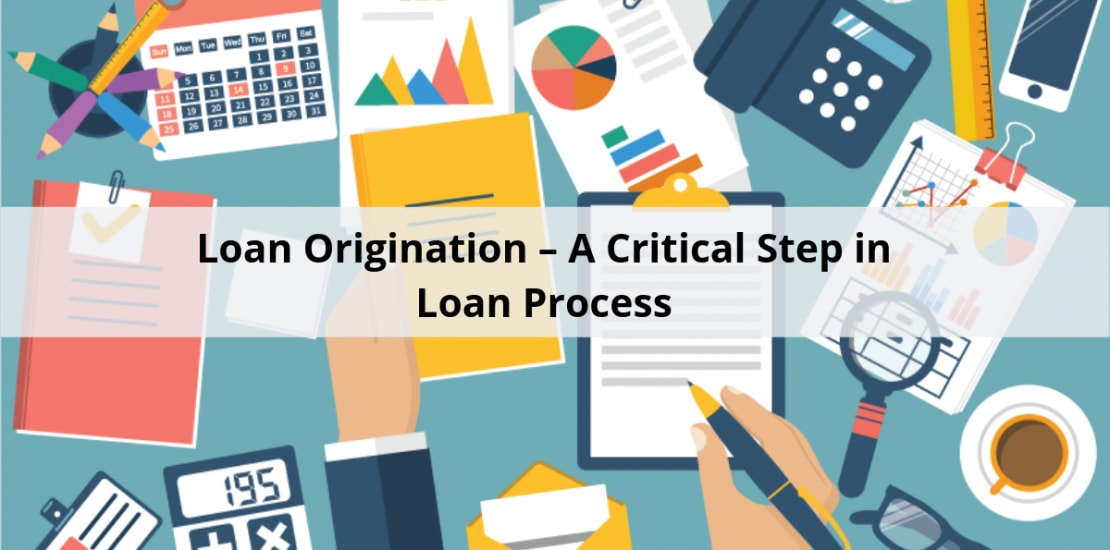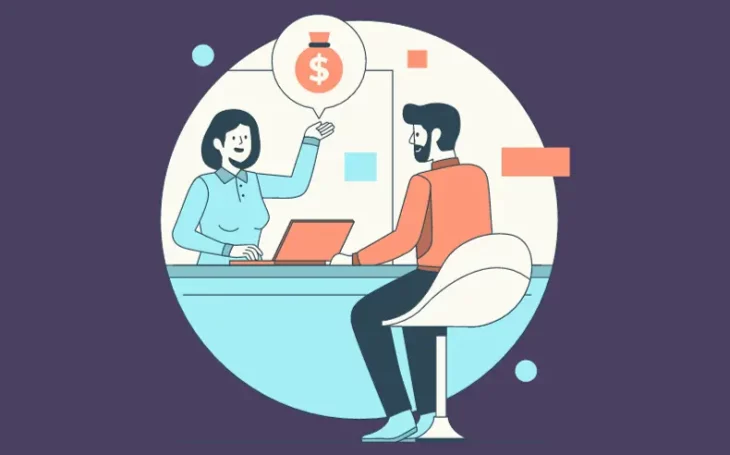
Related Post

Co-Lending: Understand How It Is The Future Of Lending
Overview The lending world has evolved significantly in the past

10 Powerful Tools To Help Automate Your Lending Process
In a fast-paced, competitive world of the lending industry, financial
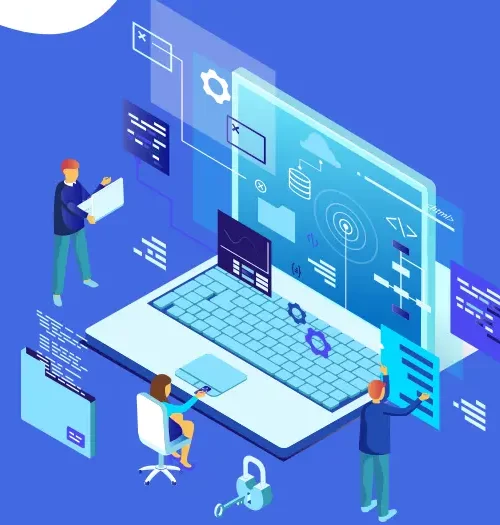
Enhancing Credit Decision-making with Canary Deployments and Champion/Challenger Modules: An Ultimate Guide
Ever wondered how digital lenders and financial institutions make swift


